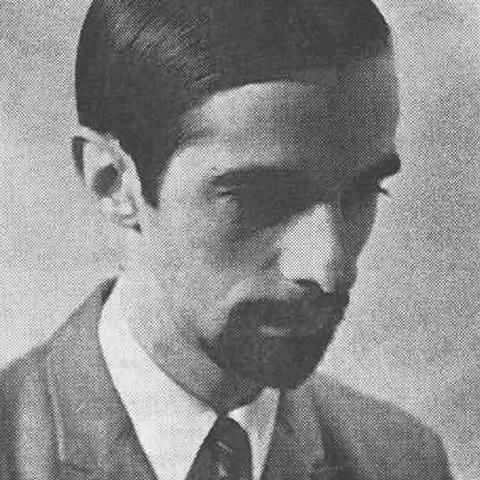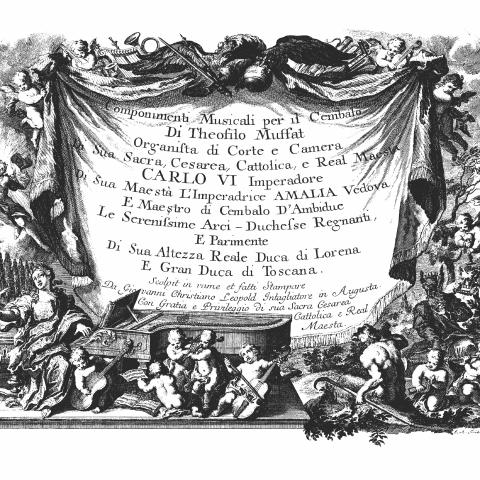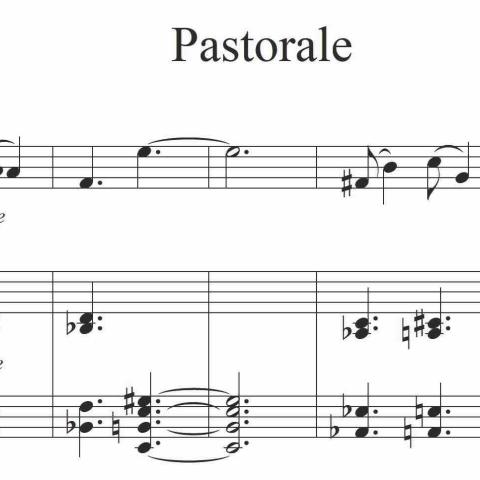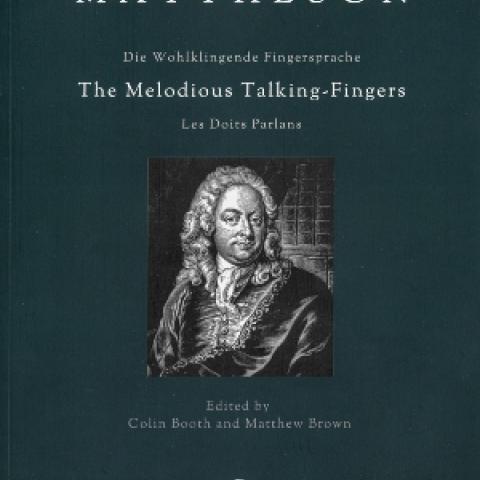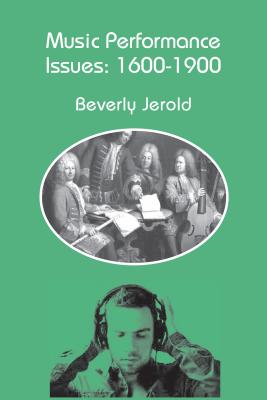
A fascinating book by Beverly Jerold, Music Performance Issues: 1600–1900
Readers of The Diapason’s July 2018 issue most likely remember Beverly Jerold’s article about two eighteenth-century concerts of Handel’s music as reviewed by the Berlin Court Kapellmeister Johann Friedrich Reichardt, who attended the programs during his 1785 visit to London. Ms. Jerold has spent much of her life researching for period information about musical performances as reported by the persons who experienced them. One could see in the stunning color headshot of this intrepid author that she has a firm chin and twinkling eyes, ever on the lookout for authentic information about the topic that she is researching. These period verifications serve as guides for those who seek stylistic authenticity in their own present-day performances.
From the many varied essays that Jerold has published in a wide range of journals she has selected nineteen articles for her book Music Performance Issues: 1600–1900, issued in 2016 by Pendragon Press, Hillsdale, New York, as a paperback edition comprising 359 pages of useful knowledge (ISBN 978-1-57647-175-0, list price: $65, available from www.pendragonpress.com).
I would enjoy sharing many of her remarkable discoveries and observations with you, but it would be unfair for me to present you with Jerold’s discoveries, and it might rob you, the readers, of the surprises that you may have when you read the book for yourselves. I do encourage you to access the volume and to enjoy Jerold’s findings, offered with the utmost clarity and complete references to her sources. To whet your curiosities, here are the titles of the book’s chapters:
• Dilettante and Amateur: Our Evolving Language
• Bach’s Lament about Leipzig’s Professional Instrumentalists
• Choral Singing Before the Era of Recordings
• Why Most a cappella Music Could Not Have Been Sung Unaccompanied
• Fasch and the Beginning of Modern Artistic Choral Singing
• What Handel’s Casting Reveals About Singers of the Time
• Intonation Standards and Equal Temperament
• Eighteenth-Century Stringed Keyboard Instruments from a Performance Perspective [LP: You may be surprised about the clavichord!]
• The Tromba and Corno in Bach’s Time
• Maelzel’s Role in Beethoven’s Symphonic Metronome Marks
• The French Time Devices Revisited
• The Notable Significance of Common Time and Cut Time in Bach’s Era
• Numbers and Tempo: 1630–1800
• Overdotting in Handel’s Overtures Reconsidered
• Notes inégales: A Definitive New Parameter
• Distinguishing Between Artificial and Natural Vibrato in Premodern Music
• A Solution for Simple (secco) Theater Recitative
• How Composers Viewed Performers’ Additions
• The Varied Reprise in Eighteenth-Century Instrumental Music—A Reappraisal
Telemann Sonatas for Violin and Harpsichord
Totally unfamiliar music by the most prolific baroque composer Georg Friedrich Telemann (1681–1767) fills a recent compact disc featuring violinist Dorian Komanoff Bandy and harpsichordist Paul Cienniwa (Whaling City Sound, WCS 108). Originally published in Frankfort-am-Main in 1715, these six four-movement works, each comprising alternating slow-fast-slow-fast movements, were composed with the burgeoning amateur house music musician in mind. A seventh sonata of similar style and length that has survived only in the composer’s manuscript preserved in the Dresden State Library receives its world premiere recording to fill out the program.
In disc and numerical order the sonatas are in G Minor, D Major, B Minor, G Major, A Minor, and A Major; the extra seventh sonata is in F-sharp Minor. Each composition bears the TWV (Telemann Werke Verzeichnis [“work catalogue”]) number 41, followed by an indication of its individual key (in German style: g, D, h, G, a. A, fis).
I had met the harpsichordist during a long-ago Boston Early Music Festival visit. He has recently relocated to the warmer climes of Florida where (now Dr.) Paul Cienniwa is music director of St. Paul’s Episcopal Church in Delray. Thus it was not difficult to locate an email address for this fine artist. I especially wanted to learn who had built the harpsichord used for this recording and to ascertain whether the works were being played from a realized score or from the more probable two-line original engraving. It turned out to be the latter, which made my admiration for such beautiful collaborative musicianship ascend even several units higher. Especially an elegant solo harpsichord introduction to the “Cantabile” of the B-minor Sonata had moved me deeply, and I appreciate the sensitive musical realization of the figured bass throughout. It also pleased me that Cienniwa lists among his musical mentors Jerome Butera, a longtime editor of The Diapason and currently the magazine’s sales director. (File that in your “Small World” folder, please.)
The fine-sounding instrument, it turned out, is a single-manual 2 x 8 example inspired by the unique 1681 Vaudry harpsichord (an instrument that our readers encountered briefly last month through the illustration for Jane Clark’s article on François Couperin). It was built in 2008 by Kevin Spindler. For those who might wish to acquire this music, violinist Bandy suggests IMSLP for downloading (https://imslp.org), or, even better, a facsimile of the 1715 edition published by Anne Fuzeau Productions (http://www.editions-classique.com/en/index.php). With such a fine example of the collaborative harpsichord line for consultation, one might not be so reluctant to realize that figured bass.

